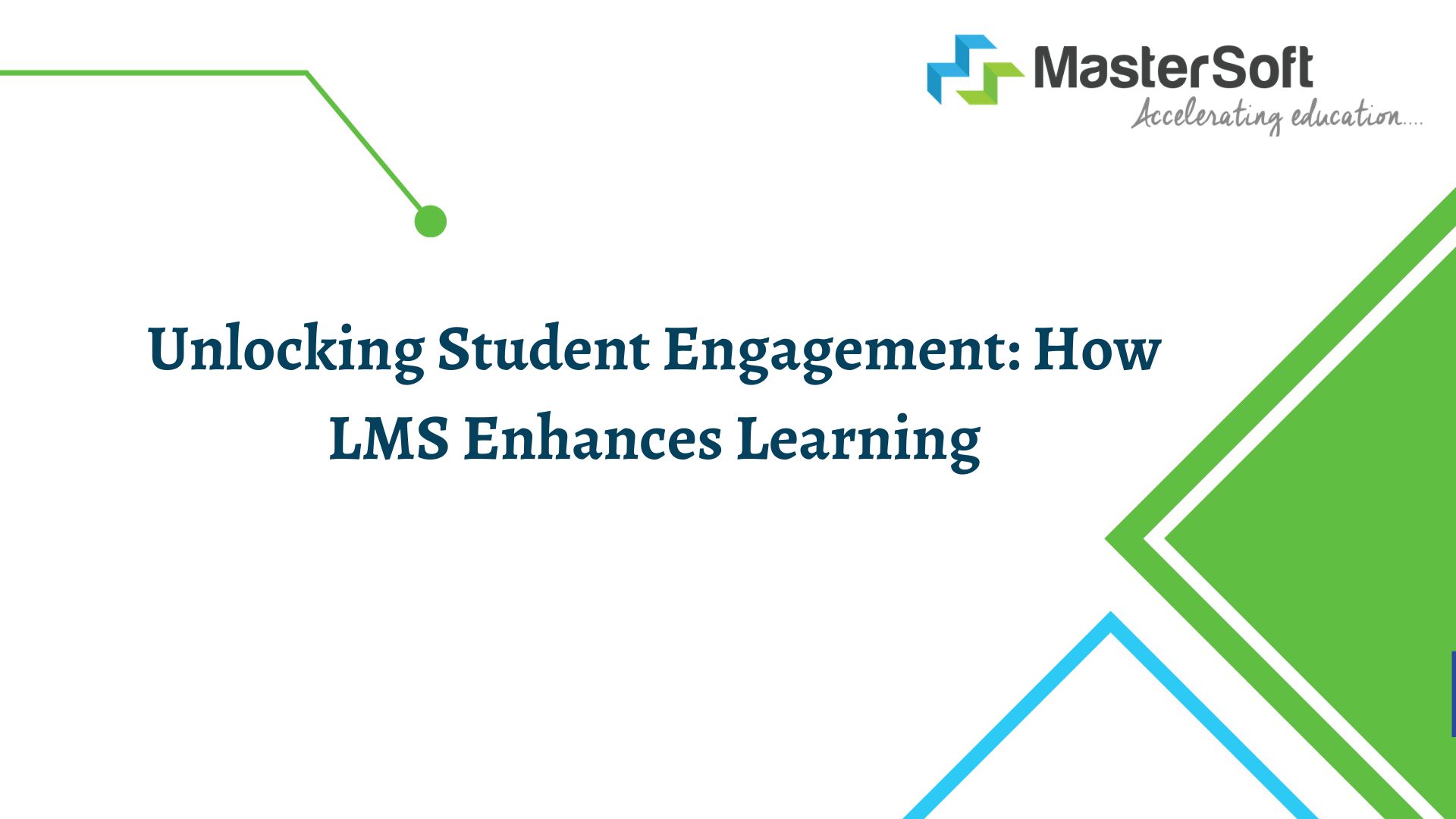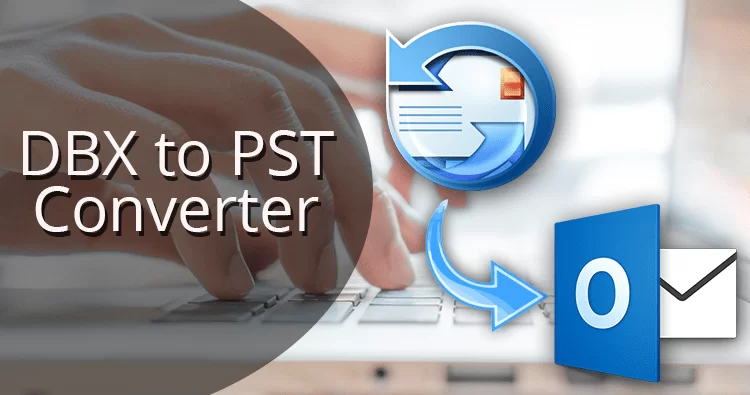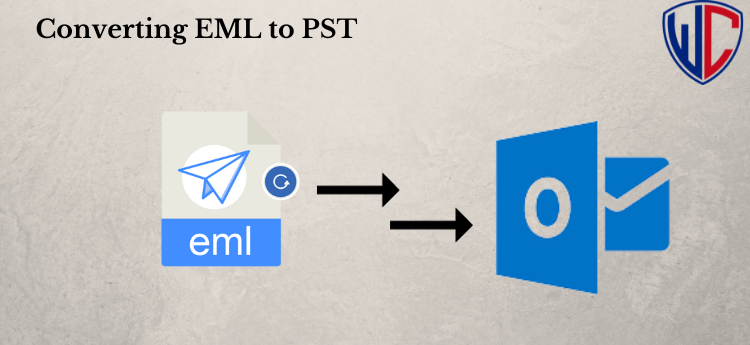Unlocking Student Engagement: How LMS Enhances Learning

Engaging students in the learning process has long been a challenge in education. With the advent of Learning Management Systems (LMS), educators have a powerful tool at their disposal to foster student engagement. LMS platforms offer a wealth of features and capabilities that can transform the learning experience, making it more interactive, personalized, and enjoyable for students. In this comprehensive guide, we will explore how LMS enhances student engagement, why it matters, and provide practical tips for educators and institutions on harnessing the full potential of LMS to create vibrant and participative learning environments.
Chapter 1: The Importance of Student Engagement
Before delving into the role of LMS in enhancing student engagement, let’s first understand why student engagement is a critical aspect of the learning process.
Why Student Engagement Matters
Engaged students are more likely to be motivated, take ownership of their learning, and achieve better educational outcomes. They participate actively in class, show a genuine interest in the subject matter, and retain information more effectively.
Challenges in Fostering Student Engagement
Traditional educational methods can sometimes struggle to maintain high levels of student engagement. Lectures, textbooks, and one-size-fits-all teaching approaches may not cater to the diverse learning needs of students.
Chapter 2: How LMS Enhances Student Engagement
Learning Management Systems offer a multitude of tools and features that address the challenges of student engagement in traditional education. Let’s explore how LMS enhances student engagement.
1. Interactive Learning Materials
LMS platforms allow educators to create and deliver interactive learning materials, such as videos, quizzes, simulations, and games. These resources make the learning process more engaging and enjoyable for students.
2. Discussion Forums and Collaboration Tools
LMS platforms offer discussion forums, chat, and collaboration tools that facilitate interaction between students and instructors. These tools enable students to ask questions, engage in discussions, and work on group projects, fostering a sense of community and active participation.
3. Personalized Learning Paths
LMS platforms can tailor learning paths to individual students. Adaptive learning features assess student performance and adjust the difficulty of assignments and assessments accordingly, ensuring that each student is appropriately challenged.
4. Real-Time Feedback and Assessment
LMS platforms support real-time assessment and feedback. Instructors can quickly grade assignments and provide feedback, allowing students to track their progress and make improvements.
5. Accessibility and Convenience
LMS platforms provide students with 24/7 access to learning materials. This accessibility means students can learn at their own pace and access content from anywhere with an internet connection.
Chapter 3: Practical Tips for Enhancing Student Engagement with LMS
Now that we understand how LMS enhances student engagement, let’s explore practical tips for educators and institutions to maximize the impact.
For Educators:
- Create Interactive Content: Use the interactive features of LMS to create engaging learning materials, including videos, quizzes, and interactive simulations.
- Foster Discussion: Encourage active participation by initiating discussions, responding to student queries, and promoting debate on course-related topics.
- Provide Prompt Feedback: Utilize the assessment and feedback tools of LMS to provide timely and constructive feedback on assignments and assessments.
- Offer Choice and Autonomy: Allow students to have some control over their learning by offering choices in assignments, projects, or research topics.
- Embrace Gamification: Incorporate gamified elements, such as leaderboards, badges, and points, into your courses to make learning more fun and competitive.
For Institutions:
- Invest in LMS Training: Ensure that educators are well-versed in the features and tools of the LMS platform by providing training and professional development.
- Support Technical Assistance: Offer technical support for both educators and students to address any issues or challenges they encounter while using the LMS.
- Collect and Analyze Data: Utilize the analytics and data insights provided by the LMS to monitor student engagement, identify trends, and make informed improvements to courses and content.
- Promote a Culture of Innovation: Encourage educators to experiment with innovative teaching methods and LMS features to continuously improve student engagement.
- Encourage Student Feedback: Collect feedback from students about their LMS experience and make necessary adjustments to improve engagement.
Chapter 4: Measuring and Assessing Student Engagement
Assessing student engagement in an LMS environment is crucial for gauging the effectiveness of instructional strategies. Here are some methods for measuring and assessing student engagement:
1. Activity Logs
LMS platforms often track student activity, including logins, time spent on assignments, and participation in discussions. Analyzing this data can provide insights into student engagement.
2. Surveys and Questionnaires
Regularly collect feedback from students through surveys and questionnaires to gauge their level of satisfaction and engagement with the course.
3. Peer Assessment
Encourage students to evaluate the engagement levels of their peers, which can provide valuable insights into the classroom dynamic.
4. Assessing Learning Outcomes
Evaluate student learning outcomes to determine if increased engagement correlates with improved academic performance.
5. Observations
Instructors can observe student participation, communication, and interactions within the LMS to gauge engagement.
Chapter 5: The Future of Student Engagement with LMS
The future of student engagement with LMS platforms is promising, with several trends and advancements on the horizon:
1. Artificial Intelligence (AI)
AI-driven features in LMS will offer personalized learning experiences, including tailored content recommendations and automated grading.
2. Gamification
Gamified elements within LMS will make learning more engaging and enjoyable for students, promoting healthy competition and motivation.
3. Augmented Reality (AR) and Virtual Reality (VR)
The integration of AR and VR technologies into Learning management system will create immersive and interactive learning experiences.
4. Advanced Analytics
LMS platforms will continue to improve their analytics capabilities, providing educators and institutions with more detailed insights into student engagement and performance.
Chapter 6: Conclusion
In conclusion, Learning Management Systems play a pivotal role in enhancing student engagement by providing tools and features that make learning more interactive, personalized, and enjoyable. Fostering student engagement is crucial for motivating learners, improving educational outcomes, and creating a vibrant learning environment.
Educators and institutions should embrace platforms, invest in training and support, and continuously innovate to create engaging learning experiences. As technology continues to shape the future of education, platforms will play a vital role in unlocking student engagement and fostering a love for learning in the digital age. Embrace these strategies, stay informed about emerging trends, and empower students to be active, engaged participants in their educational journey.



